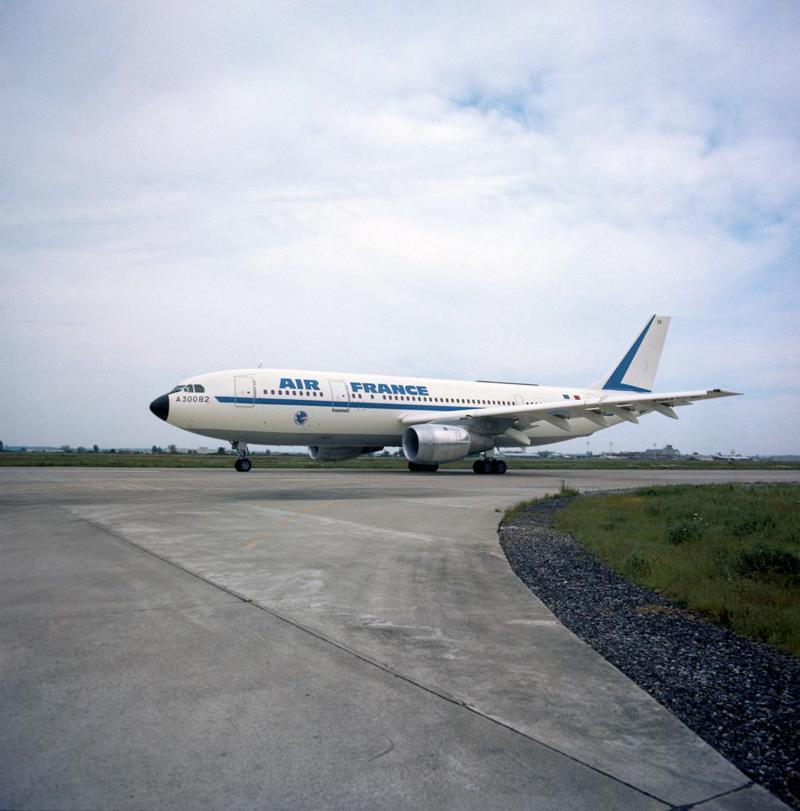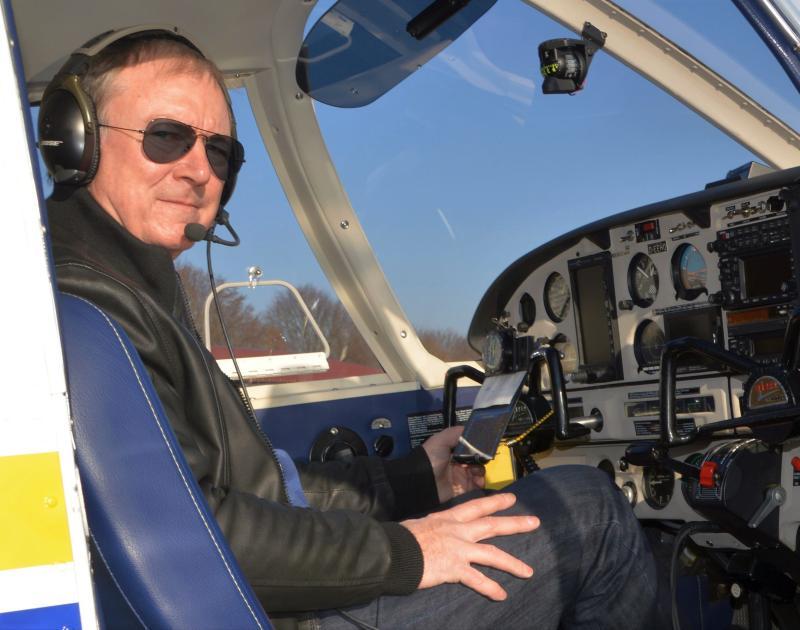Since the 1970s Airbus developed new concepts in air transport with planes built across Europe
Amid the splendour of Michelangelo’s architectural innovations at the Palazzo dei Conservatori on the Capitoline Hill, delegates from six European countries signed the Treaty of Rome on 25 March 1957. The treaty, which included the articles that founded the European Investment Bank, was “a declaration of future good intentions,” according to one historian. For two weeks, we are publishing a series of stories to mark the sixtieth anniversary of the treaty—one for each decade of the EIB story. These are stories of how the EIB helped turn good intentions into reality.
Donwload the book, available in PDF and epub format.
The first journey for the wing of an Airbus A380 airliner doesn’t involve a take-off. In fact, it travels by the rather old-fashioned conveyances of barge and ship. Constructed in Broughton in the UK, the giant wing is shipped from North Wales to Toulouse, where it is fitted to the body of the biggest airliner in the world. Other sections arrive at the assembly hall from Hamburg and Cadiz. Airbus is a success story for European cooperation, in that an aircraft produced in several countries and with suppliers in still more countries runs neck and neck with Boeing in the world airliner industry.
The EIB has been on board every new Airbus developed since the A300, whose original manufacturing facilities in Toulouse and St. Nazaire were financed with a FRF 80 million loan in 1971. The A300 was a response to the fragmented nature of aircraft manufacture at that time and the need to consolidate into larger companies to finance the big research and development bills of increasingly complex projects. “Large high-tech projects required large capital expenditure,” says José Doramas Jorge Calderón, senior economist in the EIB’s air, maritime and innovative transport division. “Bigger companies or consortia, it was clear, could handle that better.” In the US, companies like Boeing, Douglas and Lockheed, which at that time had 80% of the world airliner market, sensed the need for consolidation. Europe saw it too. Airbus started as a multi-national project with participants from France, Germany, the UK and the Netherlands, which was backed mainly by the French and German governments. Airbus Industrie was formed in 1970 by Aerospatiale of France and Deutsche Airbus. In 1971 it gained a Spanish partner, Construcciones Aeronáuticas, and its earlier association with Hawker Siddeley Aviation turned into a full British stake in 1979 with British Aerospace.

Finance for a new concept
The A300 was a new concept in aircraft technology. It had a double aisle and only two engines, compared to the single aisle and four engines on the Boeing 707 or Douglas DC-8, its most immediate competitors for long-haul routes. For short-haul routes it was much bigger than the Boeing 727, which had three engines. The larger size combined with fewer engines meant better economy. It was almost as big as a 747, but with fewer engines and therefore better economy. Airbus followed that development with the A320, which revolutionised cockpit technology. It exchanged the traditional wheel used by the pilot for a joystick and introduced the “fly by wire” electronic interface to replace the mechanical control systems of previous airliners. Later the A380 gave airlines the option of boosting returns by increasing the number of passengers to as many as 800, if all seats were economy, though most airlines use business and first class sections that reduce the seating to somewhat more than 500. Lately, the extended use of carbon fibre structural parts in wide-bodies like the A350 made the aircraft lighter and reduced the environmental impact. The Bank supported all these technological breakthroughs and the development of the aerospace industry through many R&D projects directly with Airbus or with Airbus suppliers like Rolls Royce for the planes’ engines.
“Airbus really goes through the decades with the Bank,” says Klaus Heege, an aeronautical engineer and pilot who worked on Airbus deals until his retirement from the EIB three years ago. “At a time when Europe has some problems, it’s important to remember the value of projects like this, which have brought workers and companies together from different European countries with completely different cultures and working procedures. The Bank has been behind this all along.”

Economic impact
The EIB measures its loans by their impact on the lives of Europe’s citizens. Certainly there has been an impact on anyone who has so much as flown on an Airbus. But the real impact is in the jobs related to Airbus all across the continent:
- In France, Airbus employs 26 000 people in its facility in the Blagnac suburb of Toulouse, as well as in Nantes and St. Nazaire
- Its German operations employ 17 000 across northern Germany
- In Spain, where the horizontal tails of all Airbus planes are designed and manufactured, 3 000 people work at facilities in Getafe, Puerto Real and Illescas
- Airbus spends GBP 4 billion each year with suppliers in the UK, where its operations support 110 000 jobs
Heege joined the EIB in the 1990s after working with a small manufacturer of private aircraft and, later, with Dornier in Friedrichshafen. He and Jorge Calderón worked on financing research and development leading to the A380 and on Rolls Royce financing that was connected to Airbus, along with Spanish SMEs that were suppliers to big airliner projects. More recently the EIB has provided finance for research and development related to the A350 and the A330neo, as well as for a number of Airbus suppliers across Europe. The support of a big bank like the EIB is particularly relevant to major projects like Airbus, Heege says, because of the high costs of R&D and the safety requirements of air transport. “There can be no room for trial and error once the product is completed, for obvious reasons,” he says. “Before you put the product out there, you have to be sure that it really works.” The EIB’s presence helps accelerate each stage of development and manufacture. And it’s still doing so.
